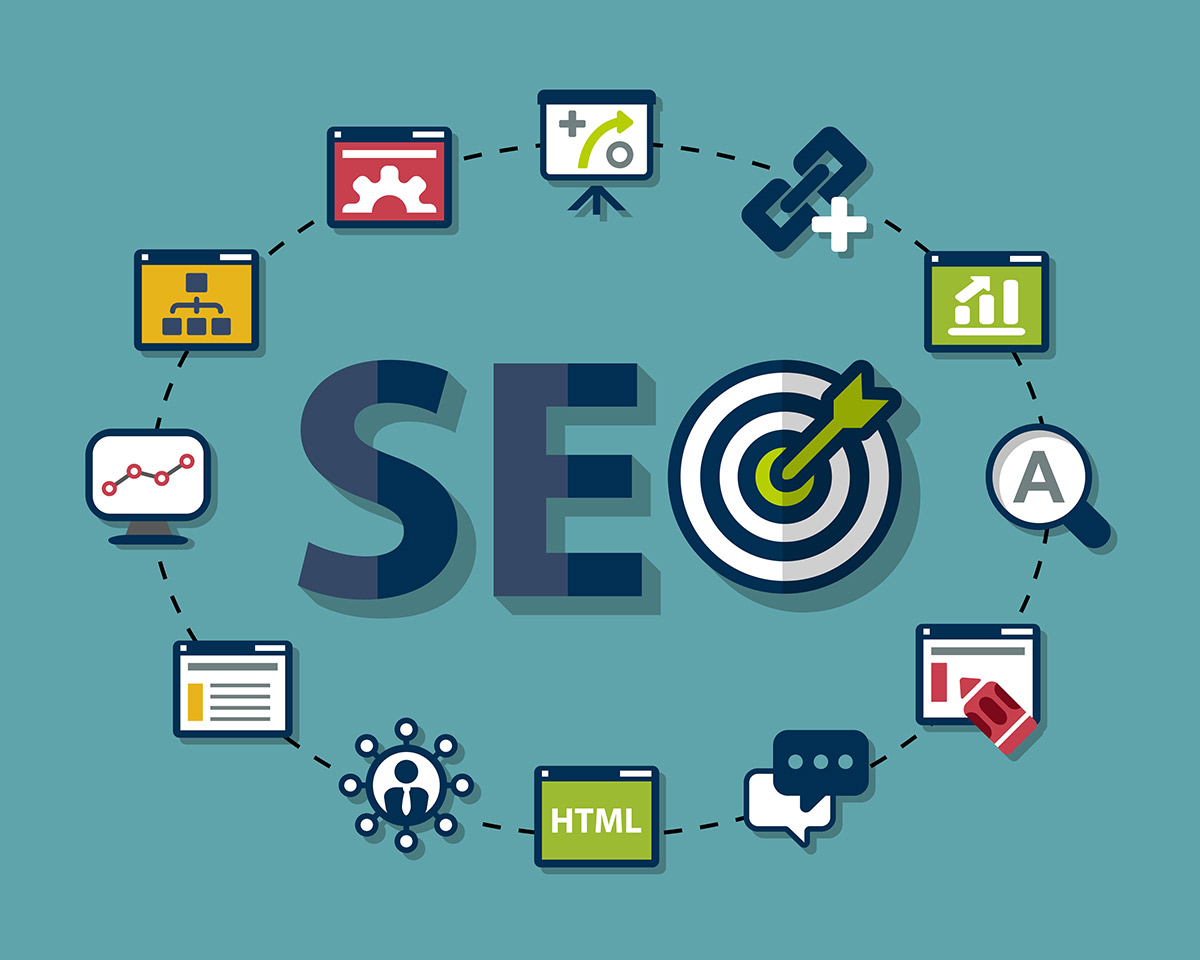If you’re like most marketers, you know that your PPC data is a critical component of your overall marketing strategy. And if you don’t have the data to support your claims, you might as well be advocates for an unknown god or something. That’s where understanding your PPC data comes in. After all, without it, how can you confidently decide which keywords to target and when to send out those ads? But even if you understand the basics of your PPC data—including where Keyword Planner sits on your list and how much money per click your campaigns are making—you may not be using it in the way that best suits your business. In this article, we take a look at four key formulas that can help make sense of what’s happening with your PPC data and see how they can help improve your campaign performance.
What is Your PPC Data.
PPC stands for Pay Per Click. It’s a marketing strategy that uses ads to get people to click on a link in an email or other advertisement. Your data sets are the different pieces of information that you use to track and measure how well your PPC campaigns are working.
Your data set includes everything from the name of the company you used in your PPC campaign to the unique keywords that were used to target your audience.
What is Your Data Set
Your data set includes all of the information that you need to track and measure how well your PPC campaigns are working. This might include information about who was reached by your ads, how many clicks they generated, and even whether or not they resulted in any sales or leads!
What are the Different Types of Data
There are three main types of data: primary data, secondary data, and tertiary data.primary data is all of the information that you need to track and measure how well your PPC campaigns are working – this might include information about who was reached by your ads, how many clicks they generated, and even whether or not they resulted in any sales or leads! secondary data isData that you collect from other sources (like customer reviews) rather than from customers yourself – this can be useful for understanding what aspects of your marketing efforts are successful and which ones aren’t so successful. tertiary data isData that comes after primary and secondary data but before anything else – this can be helpful for understanding which areas of your advertising campaign are most effective, which ones aren’t as effective, and even which keywords were used most effectively in a given ad campaign.
How to Use Your PPC Data.
One of the best ways to use your PPC data is to create ads. This will allow you to target users based on their interests and behavior, which can help you reach a larger audience more easily. To get started, set up an account with your PPC provider and start creating ads.
Use the Data to Set Prices
Another great way to use your PPC data is to set prices. This will help you targets users for ads that are right for them, based on what they’re looking for or spending money on. To do this, start by viewing your data and finding the items or services that have had high volumes or been around for a while. From there, you can create ads that focus specifically on those items or services.
Use the Data to Evaluate Competitors
Once you’ve determined how to use your PPC data most effectively, it’s time to evaluate other businesses and products in order to find potential competitors. By using your findings, you can develop ads that are tailored specifically for your target market and competition will be easier than ever to identify and analyze!
Use the Data to Improve Your Ads
Last but not least, once you have a good understanding of how your data stacks up against others in terms of sales and marketing efforts, it’s time for you to improve them! Using this information, you can make sure that your ads are more effective and efficient in reaching customers and helping them spend more money!
Tips for Using Your PPC Data.
When using your PPC data to improve your ads, it’s important to make sure you use the right keywords and target audiences. You can use this information to create ads that are more effective and relevant to yourexisting customers.
For example, if you know your customers are likely to be interested in fashion, then targeting them with ads about fashion might be a good idea. Additionally, using relevant keywords can help you better understand how people interact with your website and determine which areas of the site are the most popular.
Use the Data to Evaluate Your Ads
Evaluating your ads is another key step in improving their effectiveness. This process includes looking at how well they wereTargeted, how well they performed on Google AdWords, and how well they were received by potential customers.
In addition to these factors, it’s important also to consider the budget you have available and whether you can afford to invest in additional marketing efforts such as email campaigns or website optimization). Subsection 3.3 Use the Data to Improve Your Website.
Creating a successful website requires a lot of hard work and dedication – but using data from your PPC campaigns can help make that easier! By using an online tool like Google Analytics or Mixpanel, you can track user behavior on your website (including visits, clicks through rates (CTRs), and social media shares) and identify areas where you need to focus extra effort in order to keep users coming back.
PPC data can be used to create ads, set prices, evaluate competitors, and improve your website. By using the data correctly, you can increase your business’ visibility and reach a larger audience. In addition, by following some tips, you can make sure that your ads are as effective as possible and that your website is up to par.










